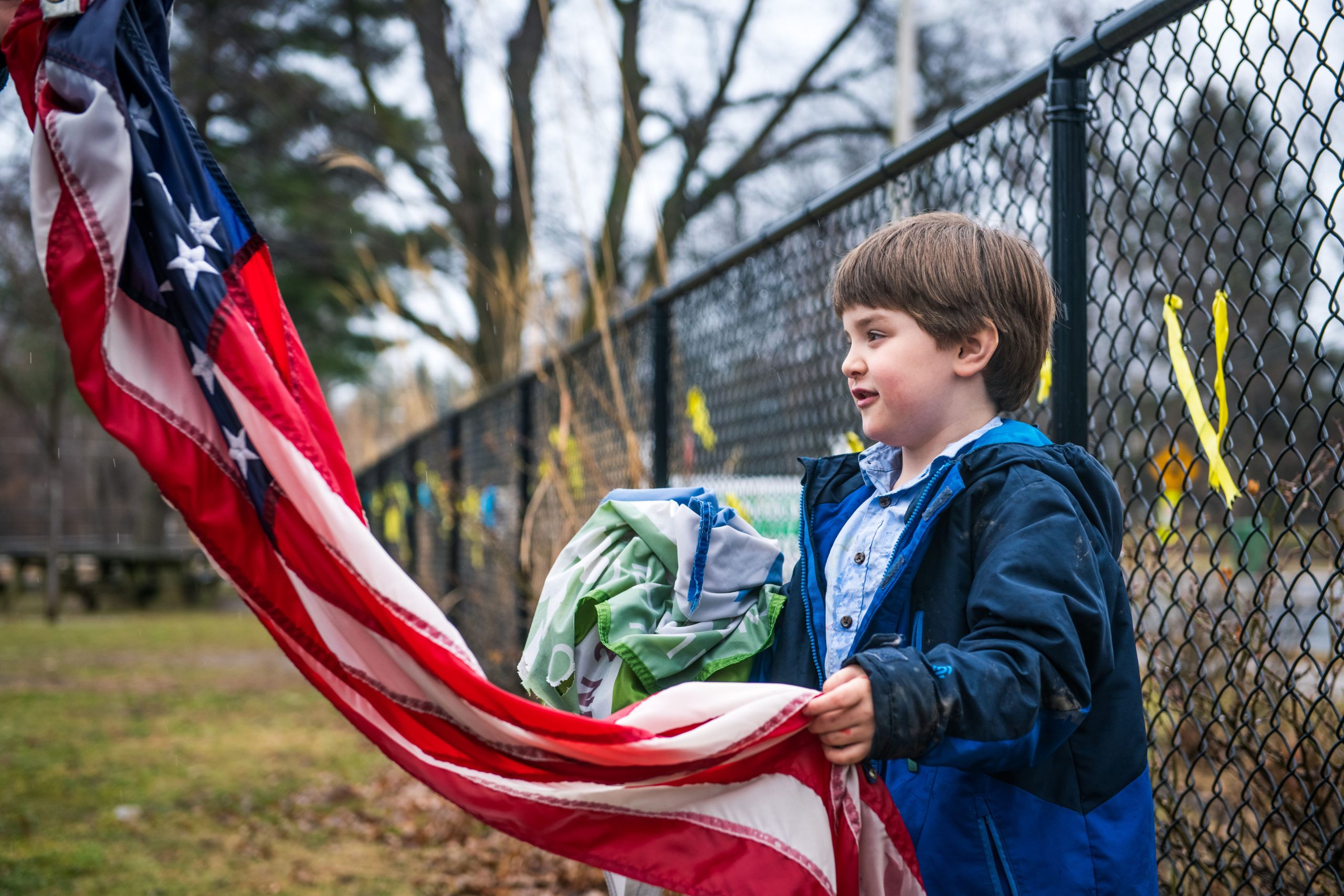
In an article I was reading recently, I stumbled across educator Louise Cadwell, an author and educator who inspired the philosophy held by Voyagers’ Community School. In this article, Cadwell introduced the phrase “capacious heart” in reference to a conversations with the children’s author Kate DiCamillo. You might know DiCamillo from Because of Winn-Dixie or The Miraculous Journey of Edward Tulane. She often returns to one idea: that people can carry joy and sorrow at the same time. That stuck with me. I started wondering what it looks like in the everyday lives of children.
What Is a Capacious Heart?
The word capacious just means “able to hold a lot.” Picture a heart like that—not crowded out by just one emotion, but roomy. Big enough for happiness and sadness to sit side by side. For hope to stand next to fear. For joy to keep shining even when grief is there too.
A heart like this doesn’t slam shut when things get rough. It doesn’t pretend hurt isn’t real either. It just makes space for all of it, and holds it with dignity.
Why It Matters for Children
Children are naturally open. Sometimes painfully so. If we take that openness seriously, it becomes the doorway to emotional intelligence and generosity.
I think of a child I once worked with who told me, “I can be sad and happy on the same day.” At the time I smiled and nodded, but later I realized—that’s exactly what a capacious heart is.
When we validate children’s feelings and show them how to bounce back, we’re teaching something important: you don’t have to shut joy out to make room for pain. You don’t have to give up hope just because you feel uncertain.
And children who grow up learning that balance often turn into adults who…
- listen without rushing to judge,
- offer kindness even when the day feels heavy,
- and give generously, not because life is easy, but because they know what struggle feels like.
How Do We Help Children Grow Capacious Hearts?
Kids’ hearts expand mostly by watching us—the adults around them. What we say, what we do, what choices we make. A few practices help:
- Name emotions honestly. Let kids know it’s possible to feel two things at once.
- Model acceptance. Show them frustration without letting it take over the whole day.
- Let them see vulnerability. Mistakes, contradictions, bad calls—we all have them.
- Ask reflective questions. “What’s your heart holding right now?” You’ll be surprised at their answers.
- Encourage generosity. Small gestures—sharing, helping, comforting—become habits.
- Stay open to wonder. A curious question or spark of delight deserves to be noticed.
- Hold grief alongside joy. Don’t sweep loss under the rug. Let it sit there, next to gratitude.
A Path Toward Resilience and Generosity
When we help children cultivate capacious hearts, we prepare them not just for their own well-being but for meaningful roles in their families and communities. Their ability to hold contradictions makes them resilient. Their openness to others makes them kind. Their awareness of their own inner lives makes them wise—sometimes far beyond their years.
And maybe that’s exactly what the world needs right now. Not more certainty. Not more division. But more people who can hold both pain and joy in the same breath, and still reach out with compassion.